Building an authentic pantry is the first thing to do when starting to cook Chinese food. Here are 10 must-have condiments which can help you to create many classic dishes.
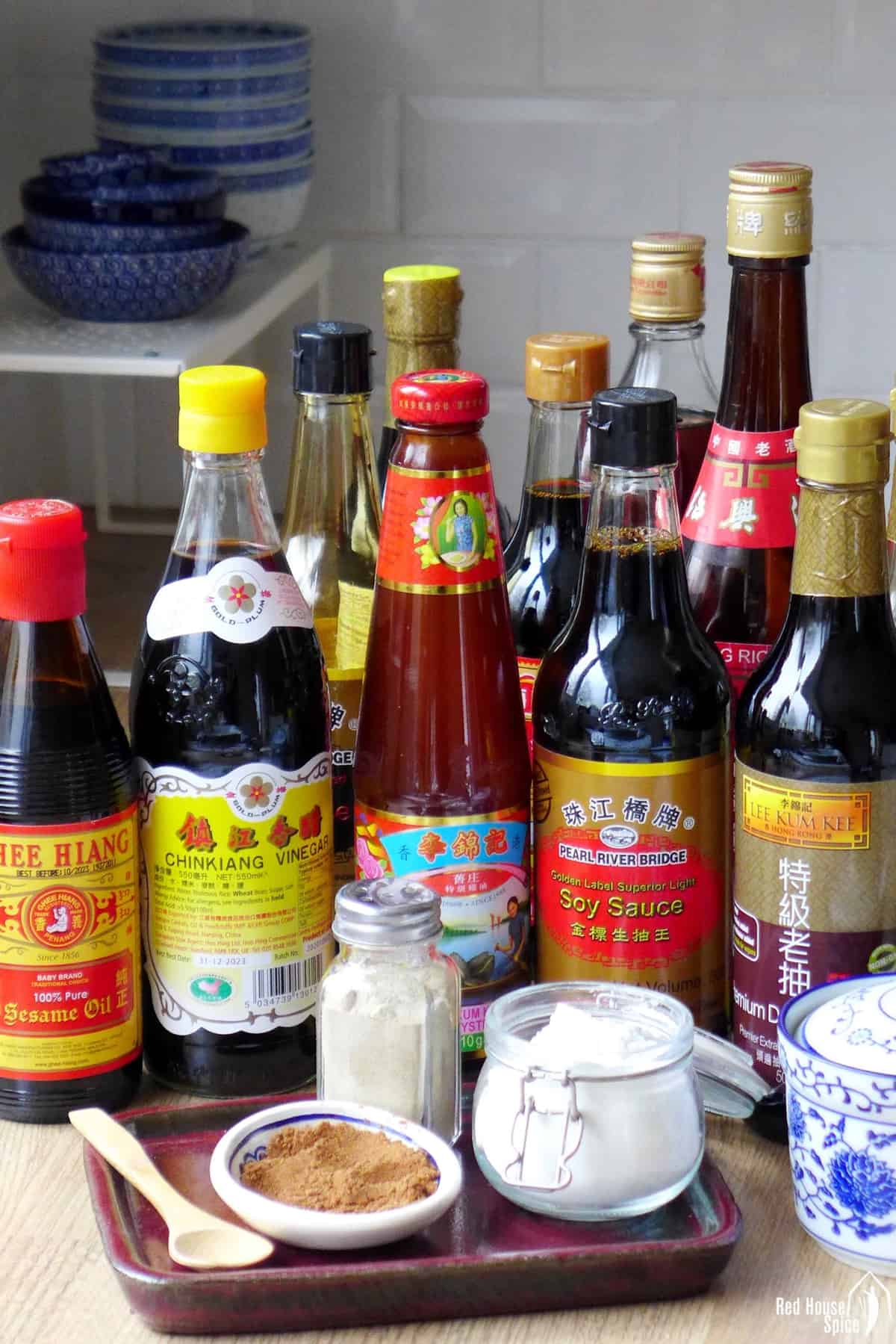
Chinese cuisine is a melting pot of fresh ingredients, seasonings, and spices from different regions with varied topography, climate, and historical backgrounds. It is no wonder that it’s one of the most famous cuisines in the world.
To cook Chinese food in the comfort of your kitchen, you need to start by building a collection of pantry items. In today’s post, I will be sharing 10 must-have condiments which are the backbone of authentic Chinese cooking.
They are the most common and accessible pantry items and you should be able to source them all in any Chinese shop. With them, you would be able to make many delicious dishes that reflect what good Chinese food really is and how simple it can be.
More importantly, once you’ve practised some dishes and understood how these condiments function, you’re free to improvise and create dishes using whatever is available in your kitchen.
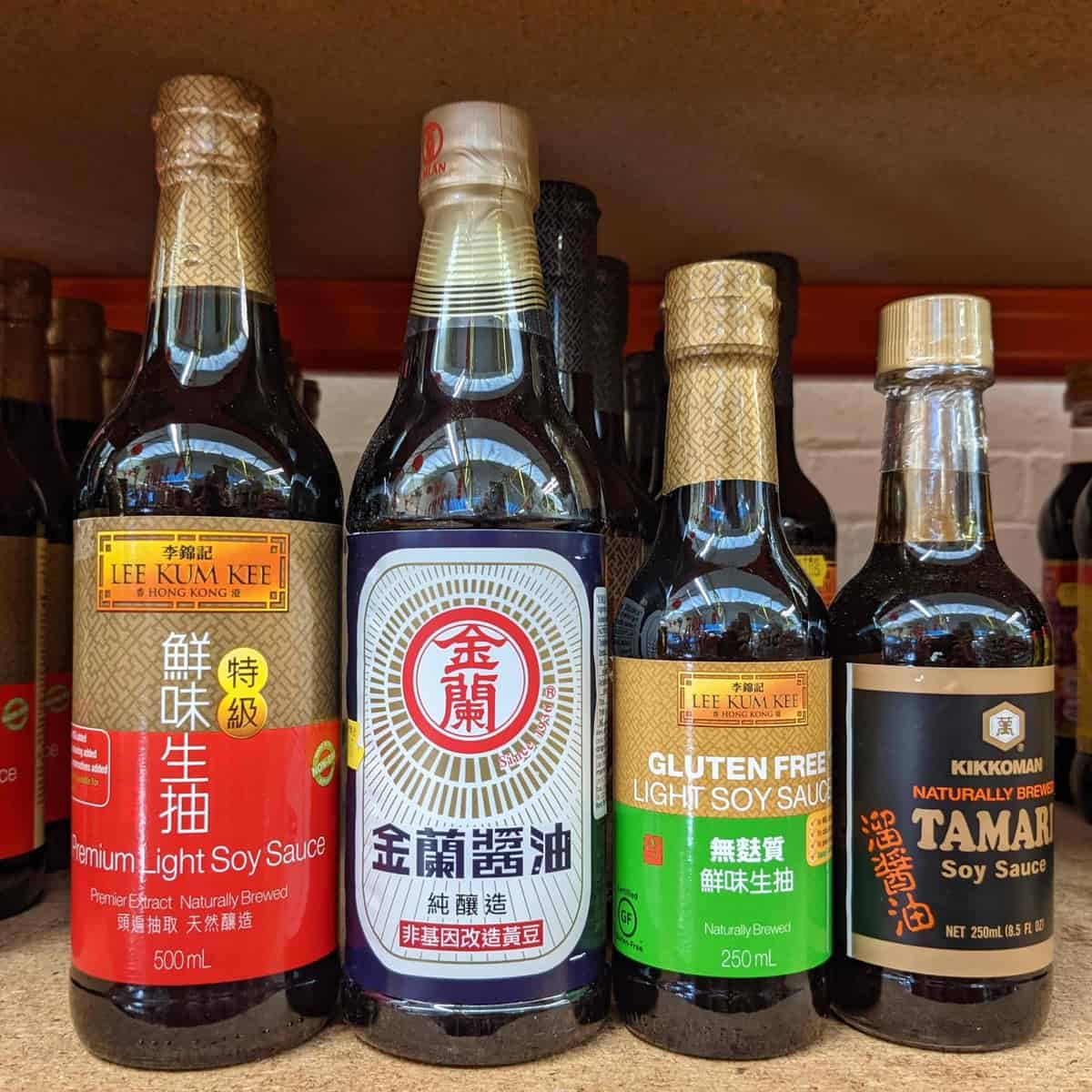
Light soy sauce
Light soy sauce (Sheng Chou/生抽) is possibly one of the most used sauces in Chinese cooking. It is made primarily of fermented soybeans and has a dark brownish-red hue and water-like consistency. In most cases, when a recipe calls for soy sauce, this is what you should use.
The term light describes the colour of the sauce. It does not mean it’s a less salty version of its dark counterpart. In fact, it tastes saltier. A small splash of light soy sauce adds robust umami and salty flavour to any dish. It is widely used in dishes prepared in almost all types of cooking methods: stir-frying, steaming, braising, marinating, and seasoning cold dishes or as a dipping sauce.
It’s naturally vegan and is high in sodium. However, you can easily find low-sodium options in supermarkets. Since the regular version contains wheat or barley, it’s not gluten-free. But gluten-free soy sauce does exist. Tamari (Japanese soy sauce) is also a good gluten-free substitute.
Example dishes using light soy sauce:
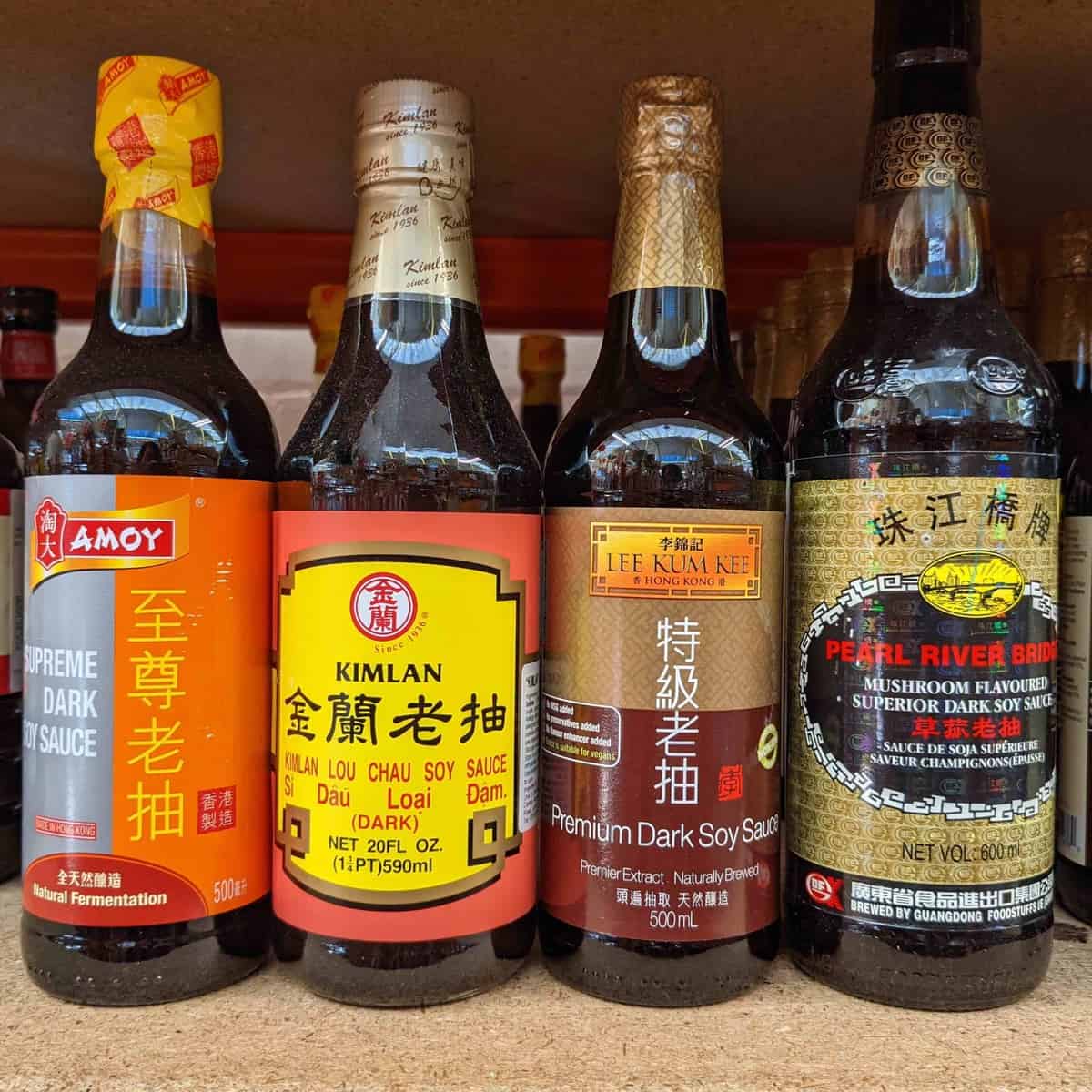
Dark Soy Sauce
Compared to the light version, dark soy sauce (Lao Chou/老抽) looks darker and thicker because it’s made with molasses or other sweetening agents. It has a more concentrated flavour and a caramel tone but is less salty. When used in dishes, it leaves a strong umami taste, a hint of sweetness and, most importantly, an appetizing dark glaze.
It is a vital ingredient for braised, stew dishes. When used in noodles, it gives them a glossy finish. You wouldn’t find it in uncooked dishes, such as salad, dipping sauces, etc.
Note that dark soy sauce is not a good substitute for recipes that require light soy sauce (or just soy sauce). However, if the recipe calls for dark soy sauce and you do not have any, you can use light soy sauce mixed with a little brown sugar.
Example dishes using dark soy sauce:

Black Rice Vinegar
Black rice vinegar is as essential to Chinese cooking as soy sauce but is not as popular outside China. It contributes to many classic dishes, such as salad dressings, noodles, stir-fries, soups, dipping sauces, etc.
It is made mainly of fermented black sticky rice and looks a little darker than light soy sauce. This fragrant condiment has an intriguing combination of salty, tangy, sweet, and smoky flavours that is very hard to substitute or replicate. Its acidity isn’t as sharp as that of white rice vinegar and is much more aromatic compared to other varieties.
My go-to variety is Chinkiang (Zhenjiang) vinegar (镇江香醋), and it’s the most accessible type outside China. You should be able to find it in any Chinese store (It’s under different brand names).
This rice-based condiment is vegan-friendly but is not necessarily gluten-free. Some brands use barley or millet when manufacturing these, so always check on package information before using.
Example dishes using black rice vinegar:
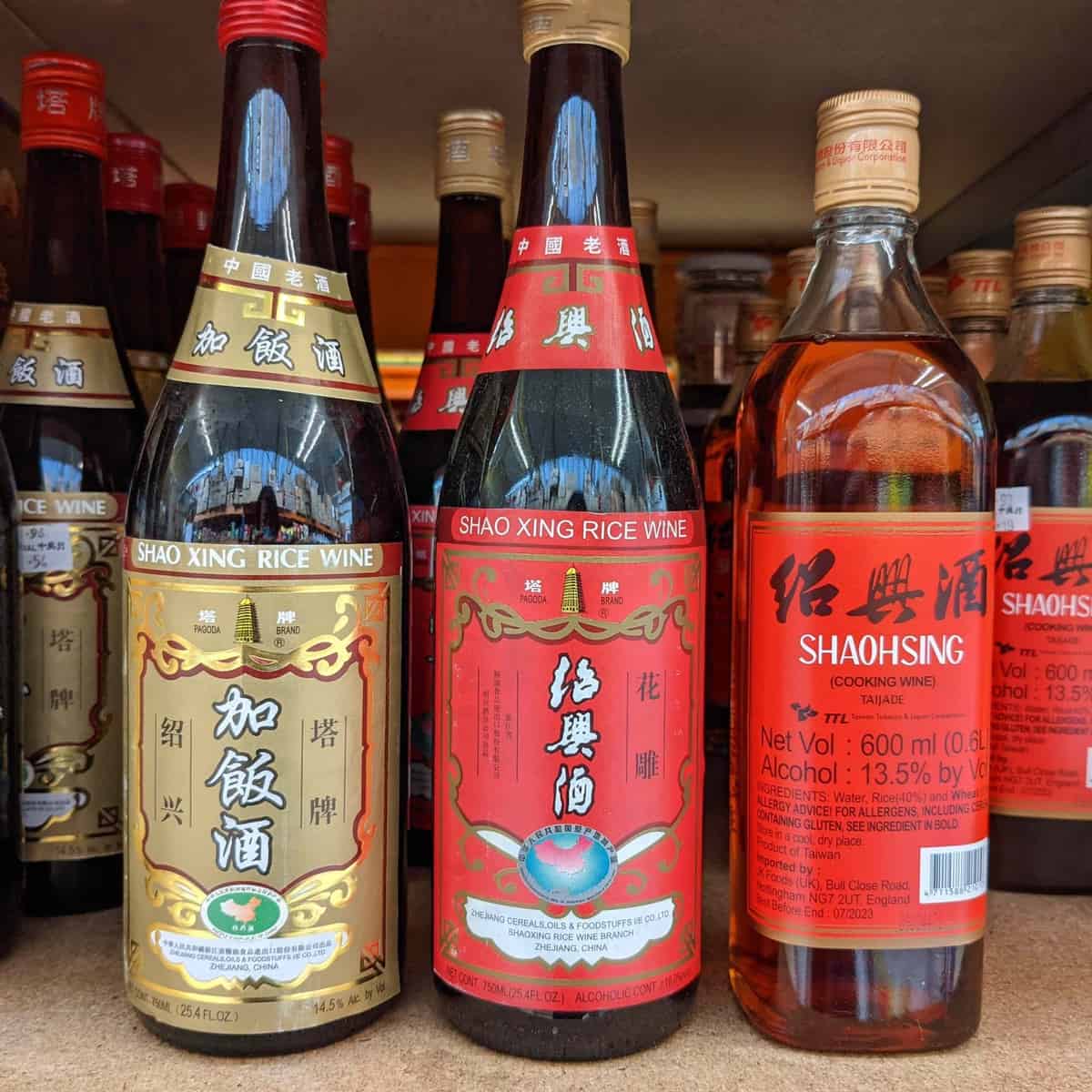
Shaoxing Rice Wine
An essential ingredient for preparing meat or fish in Chinese cooking, Shaoxing rice wine (绍兴酒) is made of fermented rice and glutinous rice (and a small amount of wheat so it’s not gluten-free). This clear, yellow-amber coloured wine has an average alcohol content of 14% and can sometimes be used as an alcoholic drink (usually served warm).
It has a rather complex taste with a strong aroma. Although having a hint of vinegary flavour, it can not be replaced by rice vinegar (remember it’s a type of wine, not vinegar). When a recipe requires a small amount, it can be replaced with dry sherry, or sometimes white wine.
Shaoxing wine works great in removing the unpleasant smell of raw meat or fish, making it a popular element in marinades. It also helps to create flavourful stews and braised dishes.
Hua Diao (花雕) is a high-quality variety of Shaoxing rice wine. Also, pay attention to its age if you’re keen to get the best flavour. Like other types of wine, it becomes better and better over time.
Please always check the nutrition label when purchasing Shaoxing rice wine. It should contain very little salt. For example, mine has 0.08g salt per 100ml wine. Some versions have a much higher percentage (e.g. 0.51g salt per 100ml wine). I suggest you avoid them.
Example dishes using Shaoxing rice wine:
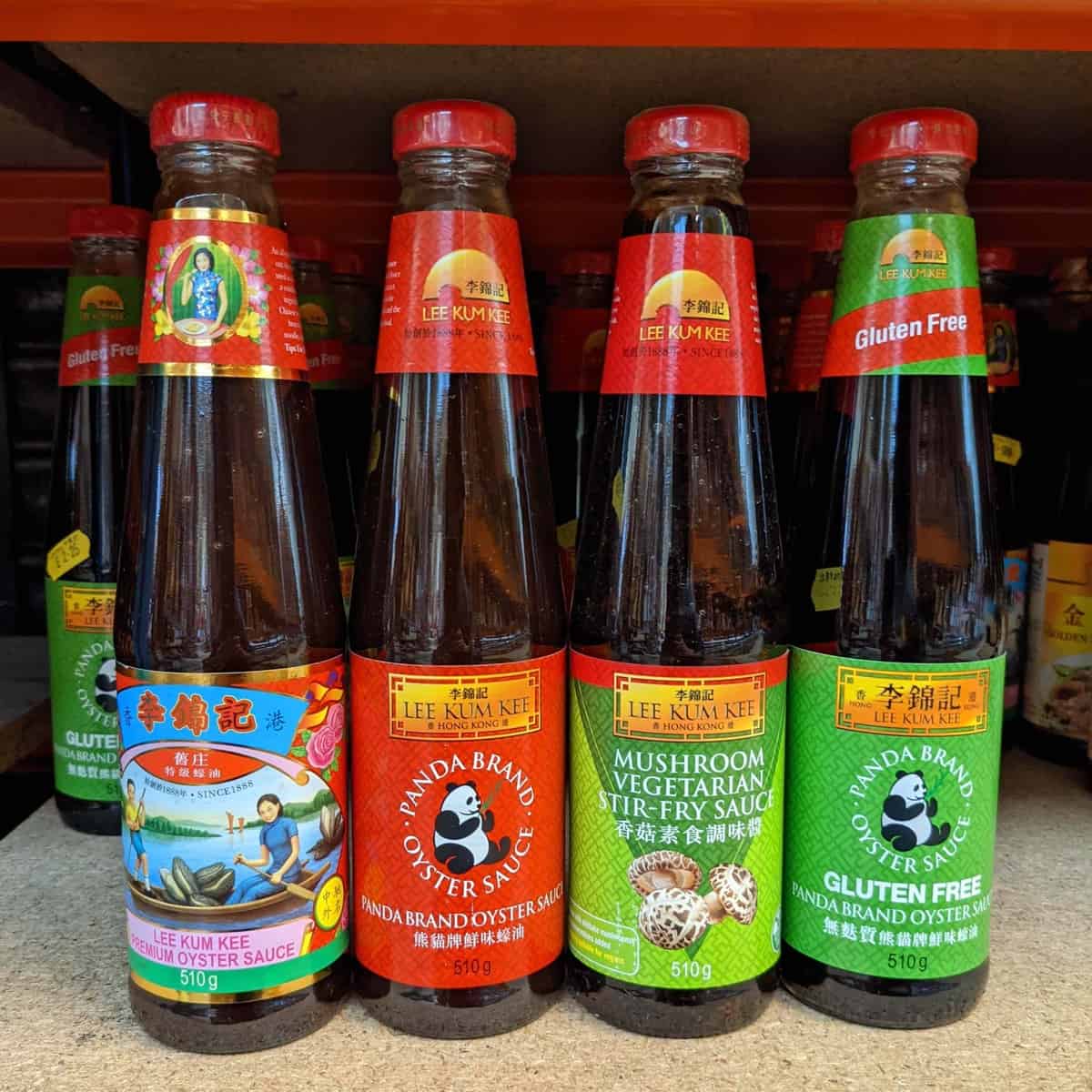
Oyster Sauce
Oyster Sauce (Hao You/蚝油) is a syrup-like dark condiment made from oyster extracts mixed with cornstarch, salt, sweeteners, etc. It has a pronounced umami flavour with a tinge of sweetness and saltiness.
Like soy sauce, it can be used in almost all types of Chinese dishes, such as stir-fries, stews, dumpling/bao fillings, etc. And it’s absolutely essential to Cantonese cuisine.
The brand of choice for good-quality oyster sauce is Lee Kum Kee (李锦记), the founder of which actually invented this delicious sauce by accident.
Obviously, it’s not vegan. However, you can find two plant-based alternatives: one is Vegetarian Oyster Flavored Sauce. The other uses the essence of shiitake mushrooms and is labelled as Vegetarian Stir-fry Sauce. They’re reasonable replications of the original! Also, there is gluten-free oyster sauce available.
Example dishes using oyster sauce:

Sesame oil
Extracted from toasted sesame seeds, Chinese sesame oil (Xiang You/香油 or Ma You/麻油) adds a distinctive nutty flavour and aroma to any dish it’s added to.
It’s often found in cold appetisers, dips, marinade and dumpling fillings. When used in cooked dishes, most of the time it’s added at the end of the cooking process as a seasoning rather than as cooking oil (a few exceptions exist). Please feel free to improvise with it when a dish needs a flavour lift. A dash would be enough to do the wonders.
When purchasing, make sure to look for the version of dark yellow or warm amber colour, not the light coloured type which is made of raw seeds and doesn’t have a rich flavour and aroma. If you see it in Chinese shops or the Asian section of mainstream supermarkets, it’s highly likely the correct kind.
Example dishes using sesame oil:
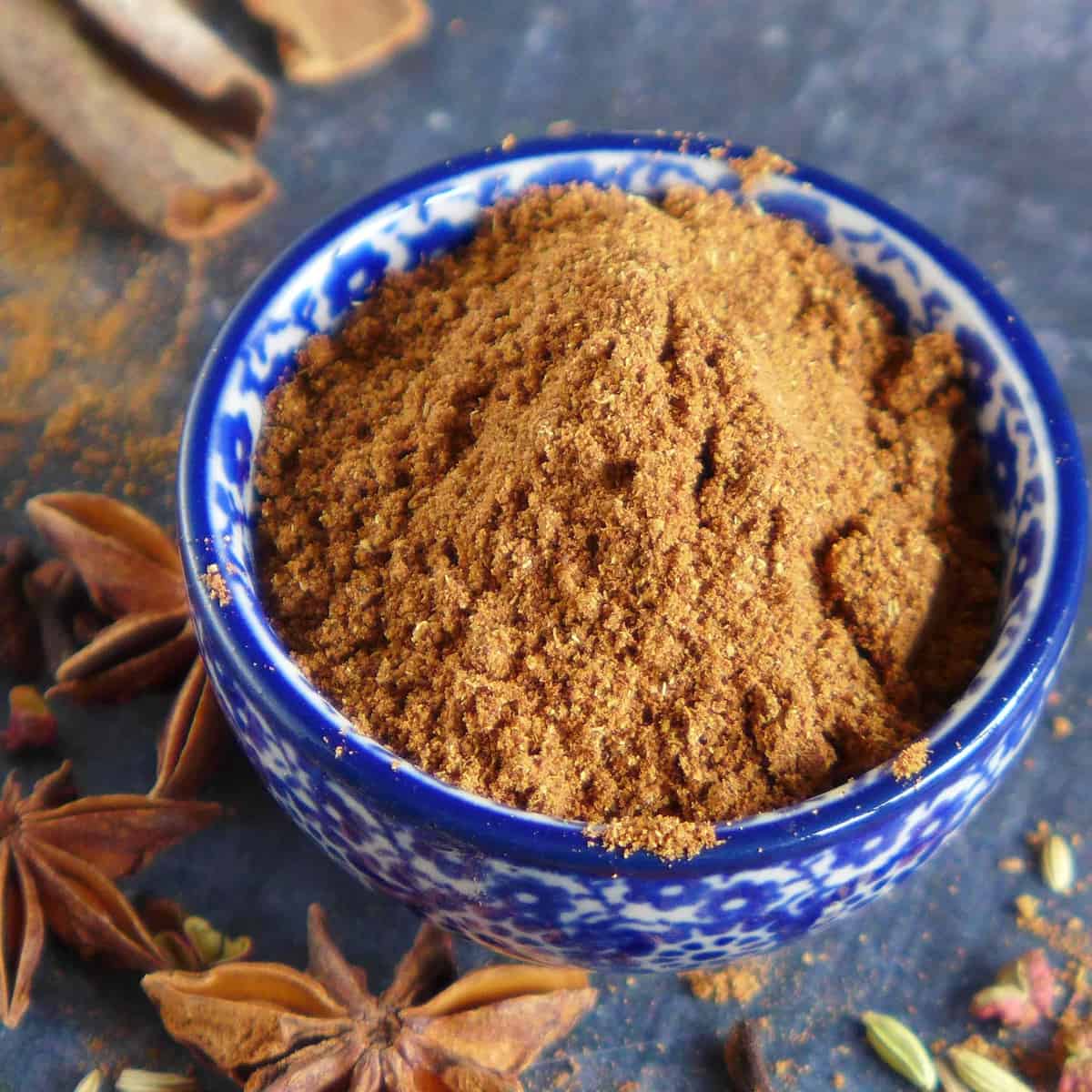
Five Spice Powder
It‘s kind of a misnomer because five spice powder (五香粉) is not necessarily made of five spices. The base ingredients are star anise, cassia cinnamon, fennel seeds, and cloves. However, some other spices can also be added, like Sichuan pepper, white pepper, dried tangerine peel, etc.
There are many ways to incorporate it into Chinese dishes. You can use it as a dry rub, mix it into dumpling fillings or marinades, sprinkle it on layered buns, or add it to a broth.
Although commercial versions aren’t difficult to source, I highly recommend you make five spice powder from scratch yourself. It’s easy to prepare and tastes much better.
Example dishes using five spice powder:
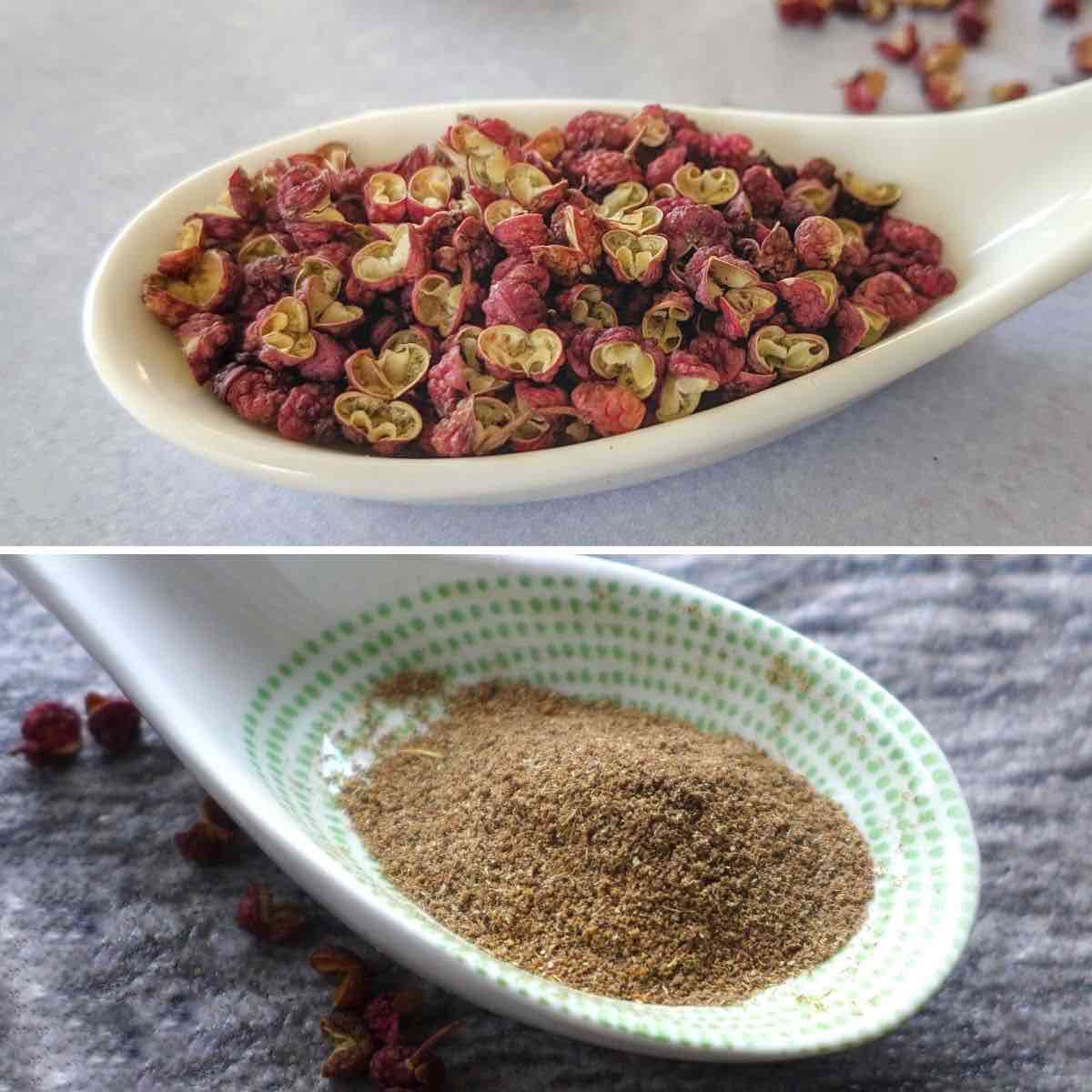
Sichuan Pepper
Sichuan pepper (Hua Jiao, 花椒) is a spice unique to Chinese cooking. Having a pinkish-red (or dark green), pimply appearance, it delivers an unusual but pleasant sensation of numbness and tingling (known as Má/麻). When paired with hot chilli, it makes food extra tasty and exciting.
It can be used whole or ground to a powder and it appears in dishes prepared in all types of cooking methods. Although a quintessential ingredient for Sichuan cuisine, it’s a must-have in households of other regions of China.
Unfortunately, there isn’t a substitute for Sichuan pepper. That said, you may still replace it in certain dishes with five spice powder, such as for dumpling fillings. To learn more, please read my Complete Guide to Sichuan Pepper.
Example dishes using Sichuan pepper:
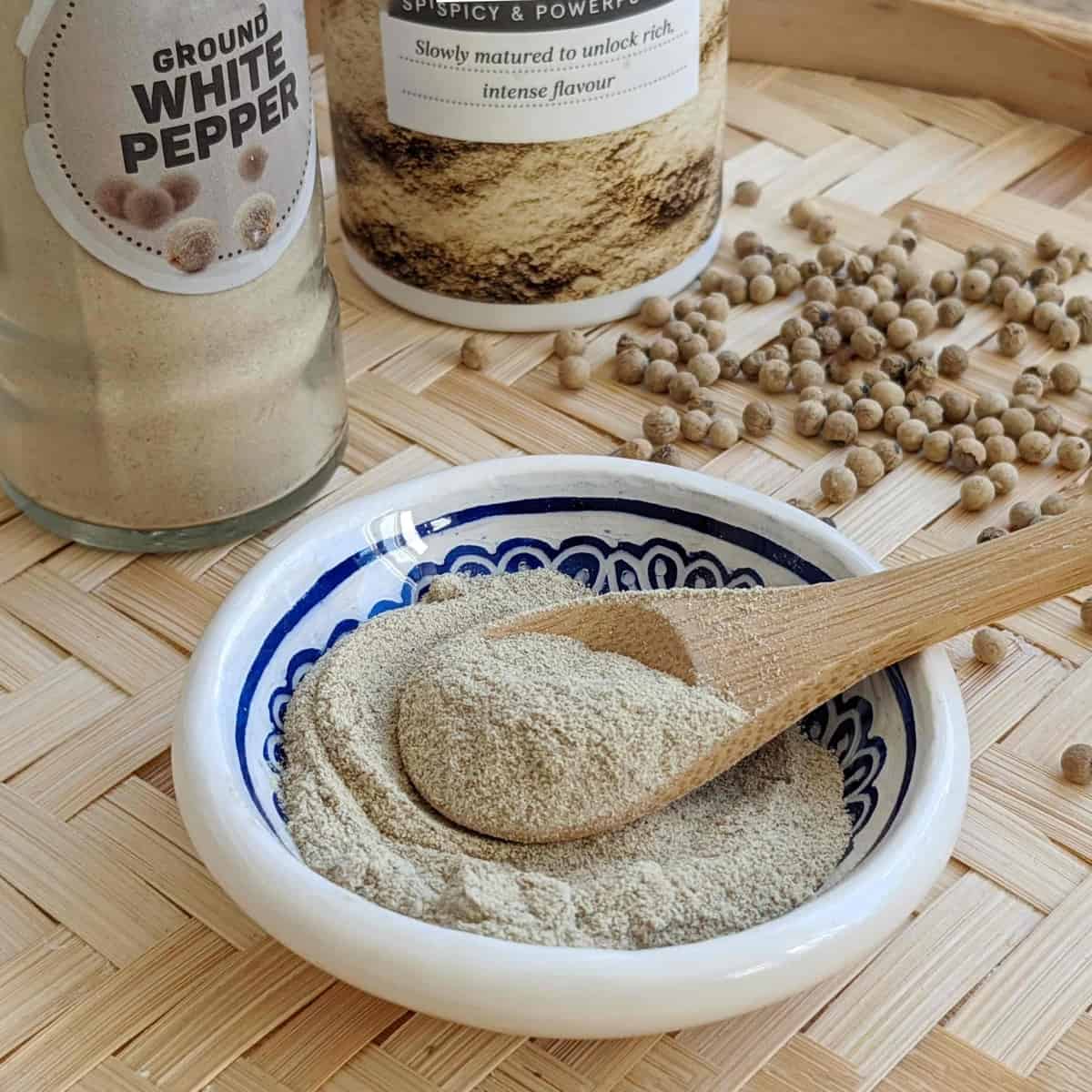
White pepper
While black pepper(白胡椒粉) is more common in Western cuisine, white pepper is more prevalent in Chinese cuisine. It adds a spicy kick to dishes and leaves a pleasant mild burn in the mouth and throat. Apart from the heat, it also provides an aroma that lifts the spirit of a dish.
Unlike many other Chinese ingredients, white pepper can be easily sourced in almost all shops. The ground version is more commonly used but the whole ones are good for braised or stew dishes.
Example dishes using white pepper:
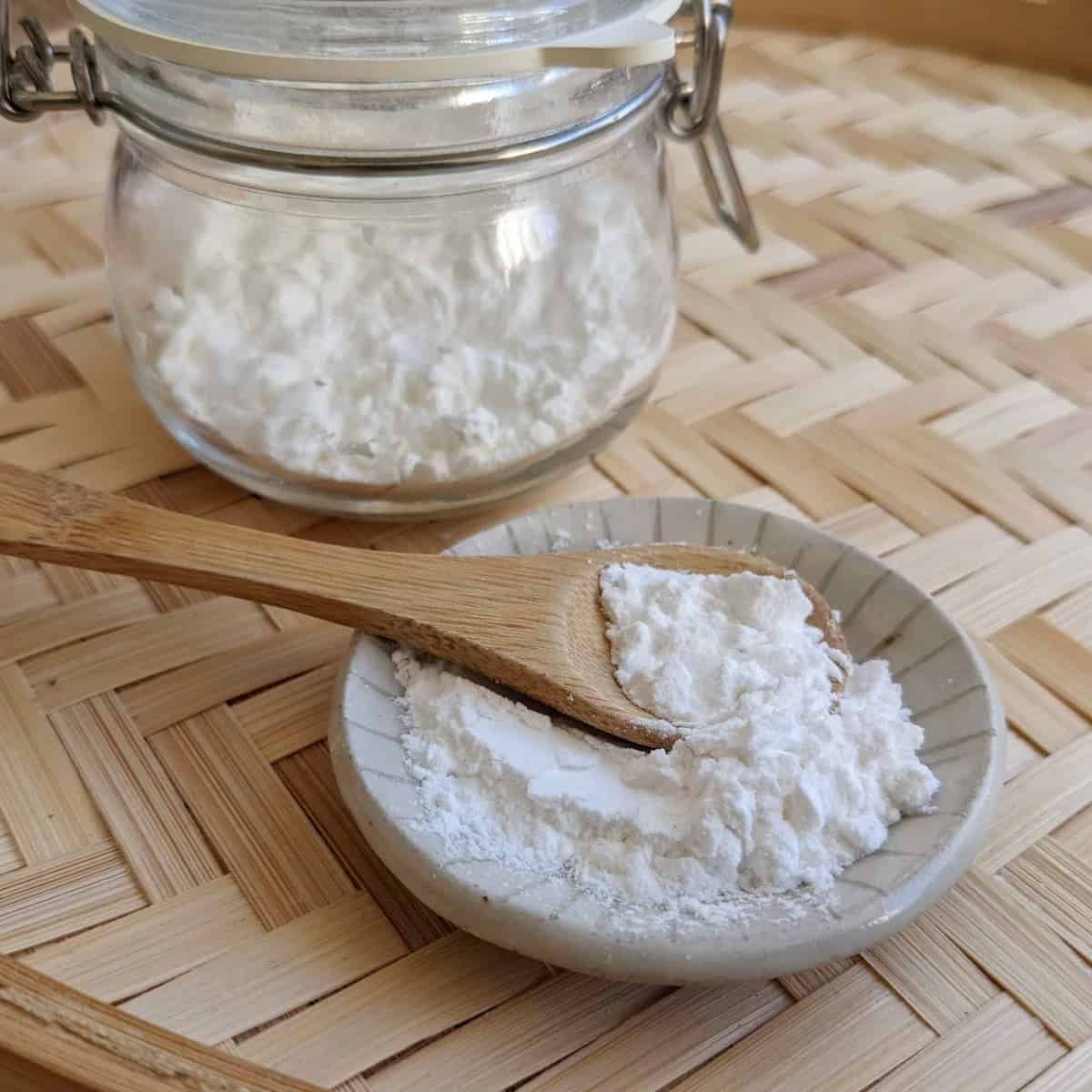
Cornstarch
Also known as corn flour, cornstarch (玉米淀粉) is a white powder made of finely milled corn. Strictly speaking, it’s not a condiment as it doesn’t have flavour on its own. But it’s a key ingredient to include in your Chinese pantry.
It’s used in Chinese cooking for three purposes. First, it is mixed with water or stock to make slurry used to thicken sauces and soups. Next, it creates coatings to make deep-fried dishes crunchier. Lastly, it is used for marinating sliced meat in a process called velveting which results in a tender and juicy texture.
Pure cornstarch is vegan and free of gluten. In most cases, it can be substituted with tapioca starch, potato starch or sweet potato starch.


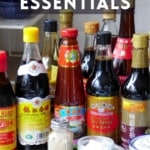
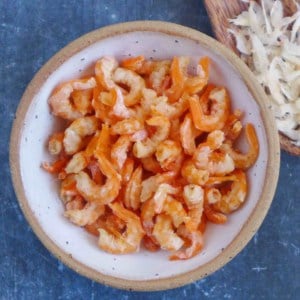
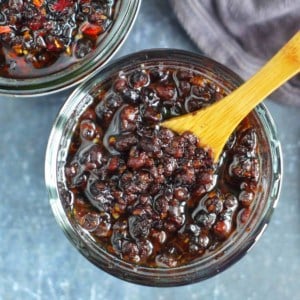
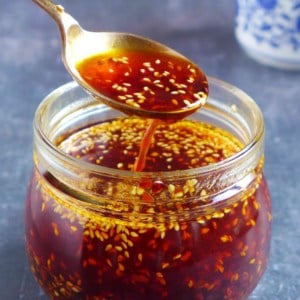
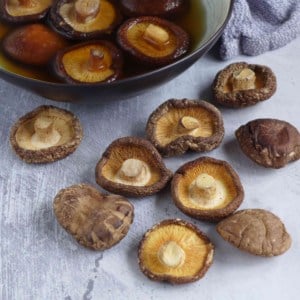
Hi Wei,
I love your blog and look forward to the weekly issue. I’ve a question for you pertaining to the ingredients you mention here. I would never keep soy sauces or rice wines in the fridge, but what about oyster sauce? If one keeps it refrigerated, it’s thick and takes time to pour out of the bottle.
I cook Chinese about once a week and love it. What do you suggest?
The suggestion on oyster sauce bottle says you need to refrigerate it after opening. But to be honest, I’ve never put it in the fridge, and I’d say most Chinese families would just leave it in the cupboard.
I did try Wei’s recepie using all the key ingredients and it was truly delicious, however I had a terrible stomach ache and reflex issues after dinner ánd the rest of the night. I’m not used to eating this much fat, and it really left me with an unsettling feeling. I will try this again every 12 mo. Lol with the salt levels in this particular recepie it’s bad for you to eat it often. Also drink lots of hot thee after dinner.
Which dish are you talking about Me’arah?
This is absolutely amazing. It is 10 steps towards chinese cooking success
wonderful , looking forward to cooking , thank you for your help.
This is awesome! Living in Hawaii we get aisle after aisle of options. I agree with ALL THE GOOD comments below!! Mahalo nui loa!
As always, very informative..I have been buying some of the wrong types of sauces.
All the recipies you send are very benificialsince I like the Chinese food and cooking. I am myself an Indian Cook and easy to follow the recipe.Thank You
I love everything about this article! I extra appreciate the example dishes as well as to your go-to brands and explanations of the condiments! I can’t wait to start cooking with Shaoxing Rice Wine.
This article is also beautifully crafted and us super easy to read!
Thank you Sarah for your appreciation!
You left out Hoisin which is probably my used after soy. It is essential to so much. Tsa Chang mien is my fav. Originally from my dads home area of Tientsin.
I assume you are talking about Zha Jiang Mian which traditionally calls for sweet bean sauce (Tian Mian Jiang/甜面酱). Hoisin can be used as a substitute as it’s more accessible outside China.
Hello Wei, I feel so very lucky and grateful to you for al that delicious cooking, clear and easy explanations delivered in elegant and unpretentious language, thank you. I used to live in Japan for more then 30 years and went very often to China to study Taiji Quan in Zhengzhou. My trainer also tought me to cook for my health and please. Two years ago I came back to Europe. Chinese and Japanese cooking make up for missing “my Asia” a lot. Finding your blog is a blessing for I think I’m living to eat = enjoying making and eating it. Thank you again. Ewa
Happy to meet you on my blog Ewa! I hope my recipes will bring you inspirations. Happy cooking!
Thanks for the wonderful listing of 10 Must-Have Condiments for Chinese Cooking. I look forward to more information as you publish.
Glad you find it useful! I plan to share another post in the future on other “Nice-to-have” Chinese ingredients.